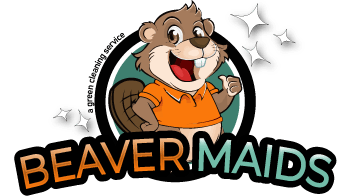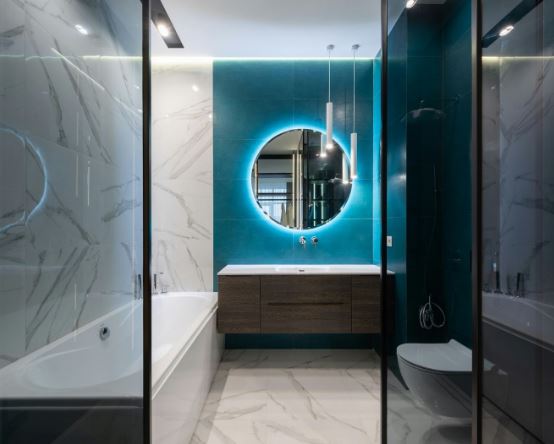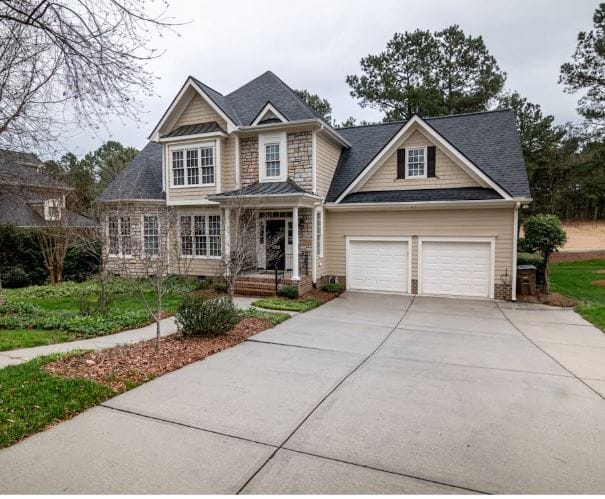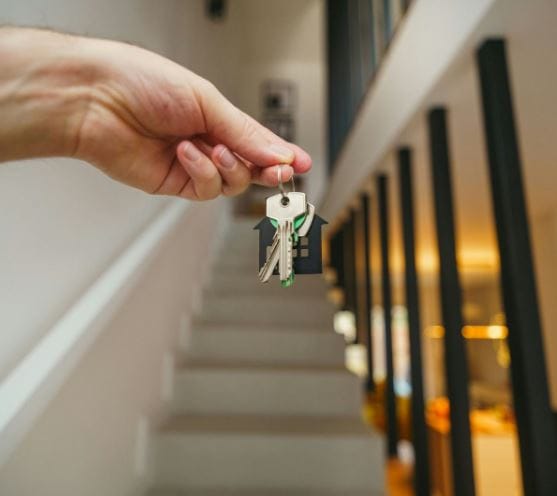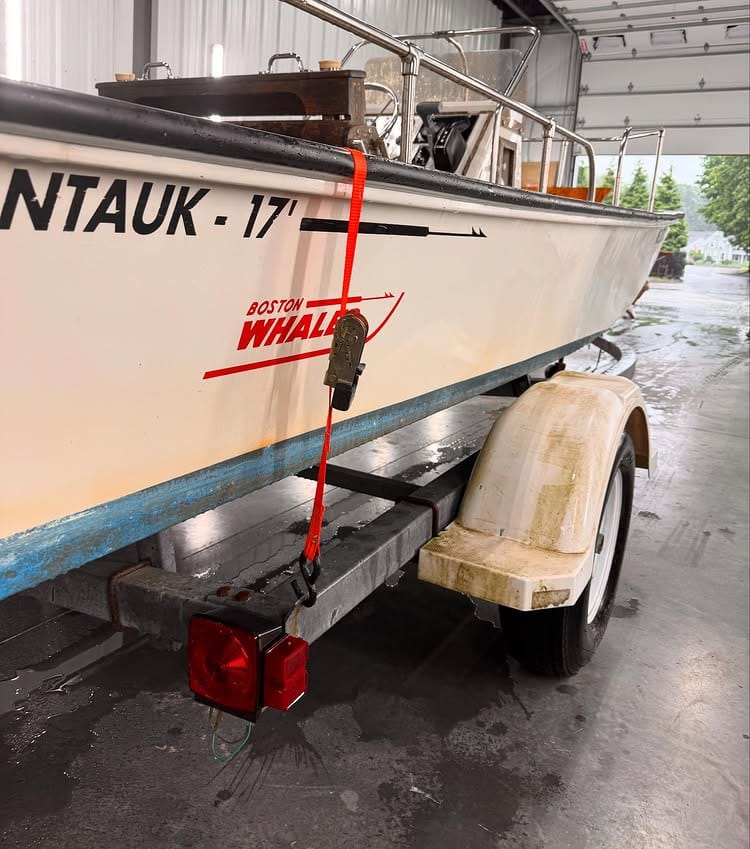Essential Home Safety Hazard Tips for Professional Cleaners
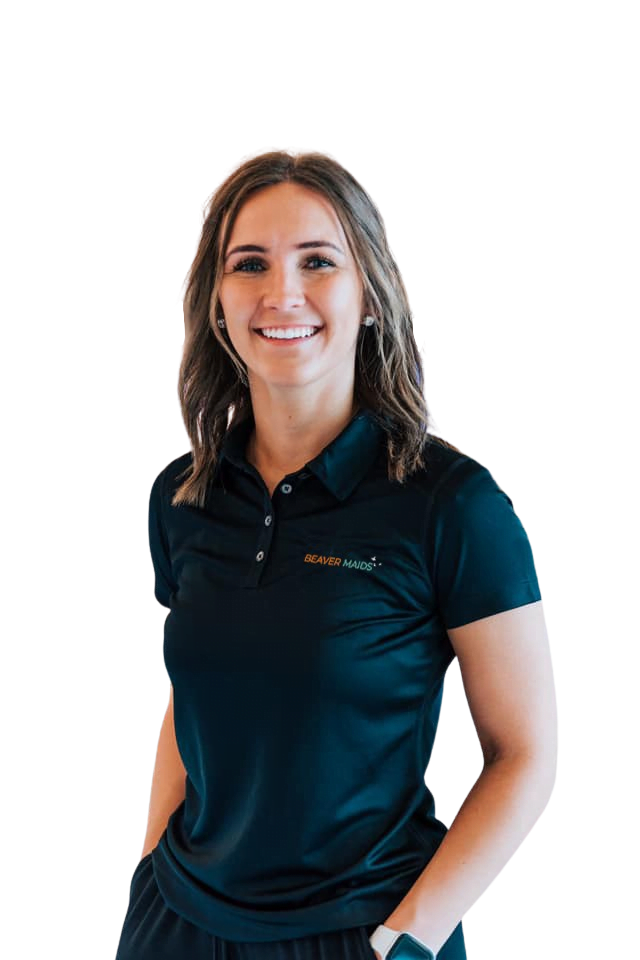
As a professional cleaner, your role extends far beyond simply making homes sparkle. You serve as the first line of defense in identifying potential safety hazards that homeowners might easily overlook. This comprehensive guide aims to equip you with the knowledge to recognize common household dangers and take appropriate action, ensuring both your safety and that of your clients.
1. Slips, Trips, and Falls: The Silent Culprits
Slips, trips, and falls pose significant risks in any household. Loose carpets or rugs, wet or freshly waxed floors, cluttered walkways, and poor lighting in stairways or hallways are common culprits. To mitigate these risks, consider using non-slip mats in bathrooms and kitchens. It’s crucial to secure loose carpets and rugs and clean up spills immediately. If you notice areas with inadequate lighting, particularly in stairways or hallways, don’t hesitate to recommend improved lighting solutions to the homeowners.
2. Electrical Hazards: Shocking Dangers
Electrical hazards can lurk in unexpected places. Be on the lookout for frayed cords, overloaded outlets, water near electrical appliances, and exposed wiring. As a safety measure, never use electrical equipment with wet hands. If you notice any signs of electrical damage, report them to the homeowners immediately. It’s best to avoid cleaning around exposed wires altogether. In cases where you observe overloaded outlets, suggest the use of surge protectors to enhance safety.
3. Chemical Hazards: Handle with Care
Working with cleaning products exposes you to potential chemical hazards daily. The risks include mixing incompatible cleaning products, inadequate ventilation when using strong chemicals, and improper storage of cleaning supplies. To ensure safety, always read and follow all product labels carefully. Never mix bleach with ammonia or other cleaning products, as this can create dangerous fumes. When using strong chemicals, ensure proper ventilation in the area. It’s also crucial to store cleaning products in their original containers, keeping them out of reach of children and pets.
4. Biological Hazards: Invisible Threats
Biological hazards, though often invisible, can pose significant health risks. Common culprits include mold and mildew, bacteria in kitchens and bathrooms, and dust mites and allergens. To protect yourself, always wear appropriate personal protective equipment (PPE). Use EPA-approved disinfectants for high-touch surfaces to combat bacteria effectively. If you encounter extensive mold growth, it’s advisable to recommend professional mold remediation to the homeowners. Additionally, suggesting regular deep cleaning of carpets and upholstery can help reduce allergens in the home.
5. Fire Hazards: Preventing the Unthinkable
Fire hazards in homes can have devastating consequences. Be vigilant for potential fire risks such as overloaded electrical circuits, lint buildup in dryers, improperly stored flammable materials, and blocked heating vents. To promote fire safety, advise keeping flammable materials away from heat sources. Recommend regular cleaning of dryer vents and lint traps. Ensure that smoke detectors are functional throughout the home. It’s also wise to suggest creating and practicing a fire escape plan to the homeowners.
6. Ergonomic Hazards: Protecting Your Body
As a professional cleaner, you’re susceptible to ergonomic hazards due to the physical nature of your work. Repetitive motions, awkward postures, and heavy lifting can lead to long-term health issues if not addressed. To protect yourself, use tools with ergonomic designs whenever possible. Practice proper lifting techniques to avoid strain on your back and muscles. Take regular breaks and incorporate stretching into your routine. By alternating tasks, you can avoid repetitive strain on specific muscle groups.
7. Leaking Roofs: A Hidden Danger
Leaking roofs present a multifaceted problem that can escalate quickly if left unaddressed. Water damage from roof leaks can affect ceilings, walls, and floors, leading to costly repairs. Moreover, the damp environment created by leaks provides an ideal breeding ground for mold and mildew, which can pose serious health risks. If water comes into contact with electrical wiring, it can create dangerous electrical hazards. Over time, persistent leaks can even compromise the structural integrity of the building.
As a professional cleaner, you’re in a unique position to spot early signs of roof leaks. Keep an eye out for water stains on ceilings or walls, peeling paint or wallpaper, musty odors in rooms, and visible mold growth in attic spaces. If you suspect a roof leak, it’s crucial to alert the homeowner immediately to get a roof inspection done. Document the location and extent of visible damage, but avoid cleaning areas that may be structurally compromised. Recommend that the homeowner arrange for a professional inspection by a roofing contractor.
In the interim, you can suggest some temporary measures to mitigate damage. Placing buckets under active leaks can prevent further water damage to floors and furnishings. Advise moving valuable items away from affected areas to protect them from water damage. Increasing ventilation in the affected areas can help prevent mold growth while awaiting professional repairs.
8. Indoor Air Quality: Breathing Easy
Indoor air quality is a often-overlooked aspect of home safety that can significantly impact health and comfort. Dust and particulate matter, volatile organic compounds (VOCs) from cleaning products, and allergens like pet dander can all contribute to poor indoor air quality. As a professional cleaner, you can play a role in improving indoor air quality. Use HEPA filter vacuums to effectively capture fine particles. Recommend regular HVAC filter changes to homeowners to maintain good air circulation. In problem areas, suggest the use of air purifiers. When possible, opt for low-VOC cleaning products to minimize the release of harmful compounds into the air.
9. Pest Infestations: Unwanted Guests
Pest infestations can quickly become a significant problem if not addressed promptly. Common household pests include rodents, cockroaches, bed bugs, and ants. To help prevent pest problems, be on the lookout for potential entry points around pipes and cables and recommend sealing these to homeowners. Advise keeping food in airtight containers to deter pests. Regular pest inspections can catch problems early, so don’t hesitate to suggest this to homeowners. If you notice any signs of infestation during your cleaning, report them to the homeowners promptly.
10. Structural Issues: Foundation for Safety
Structural problems in a home can pose serious safety risks and should never be ignored. Be alert for potential structural issues such as cracks in walls or foundations, uneven floors, sticking doors or windows, or visible sagging of ceilings or rooflines. If you notice any of these issues, document them carefully and report your concerns to the homeowners. For your own safety, avoid cleaning areas that appear structurally unsound. In cases where the issues seem severe, suggest that the homeowners arrange for a professional inspection by a structural engineer.
Conclusion
As a professional cleaner, you play a pivotal role in maintaining not just the cleanliness but also the safety of the homes you service. Your vigilance and informed approach to these common household hazards provide an invaluable service to your clients. Remember, your keen eye and proactive attitude can prevent accidents, protect property, and potentially save lives.
Always communicate your concerns clearly and professionally to homeowners, and don’t hesitate to recommend professional inspections when necessary. By following these guidelines and staying alert to potential dangers, you’ll not only ensure your own safety on the job but also become an indispensable asset to your clients. You’re helping them maintain homes that are not just clean, but truly safe havens.
Stay safe, stay vigilant, and continue your excellent work in making homes both spotless and secure. Your dedication to safety alongside cleanliness sets you apart as a true professional in your field.
